Healthy Comfort Food Recipes for Athletes: Fueling Performance with Flavor

A Delicious Way to Stay Fit: Introduction
When you think of comfort food, images of cheesy lasagna, creamy mashed potatoes, or rich stews might come to mind—foods that wrap you in a warm, nostalgic hug. But for athletes, especially those dedicated to peak performance, comfort food often gets a bad rap. It’s often assumed that anything indulgent must be off-limits. That’s where healthy comfort food recipes for athletes come in—a revolutionary approach that merges soul-satisfying flavors with top-tier nutrition.
For athletes, food is more than fuel. It’s recovery. It’s mood regulation. It’s energy for tomorrow’s grind. But eating for performance doesn’t have to mean sacrificing the joy of eating. By creatively tweaking traditional comfort food recipes with clean ingredients and performance-boosting nutrients, you can enjoy hearty meals that not only taste amazing but also support muscle recovery, energy replenishment, and overall well-being.
Whether you’re a pro runner, weekend cyclist, gym enthusiast, or just someone looking to eat healthier without giving up your favorite dishes, this guide to healthy comfort food recipes for athletes will redefine how you think about food. In this three-part series, we’ll explore what makes food “comforting” and “athlete-friendly,” break down essential nutritional strategies, and share mouthwatering recipes and tips to help you thrive. Let’s kick off with a deeper look into the concept itself.
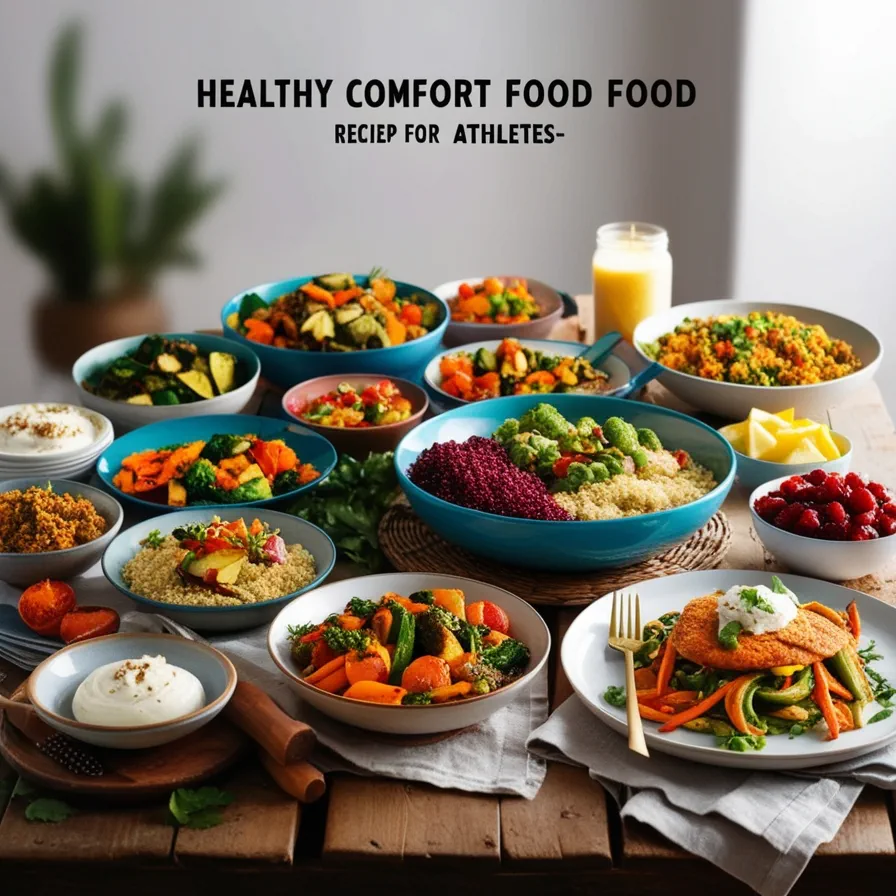
What Exactly Are Healthy Comfort Food Recipes for Athletes?
When we talk about healthy comfort food recipes for athletes, we’re not just referring to low-calorie versions of traditional meals. We’re talking about recipes that satisfy both emotional and physiological needs—foods that taste like a treat but are built to support active bodies.
Comfort Meets Performance
Comfort food typically evokes a sense of familiarity and satisfaction, often thanks to its rich textures and nostalgic flavors. Think slow-cooked chili, mac and cheese, or baked casseroles. While delicious, traditional versions often include excessive amounts of saturated fats, refined carbs, and low-nutrient ingredients. For athletes, this spells trouble—these foods can trigger inflammation, sap energy, and slow down recovery.
In contrast, healthy versions are thoughtfully designed with purpose-driven ingredients:
- Complex carbs like sweet potatoes, quinoa, and brown rice provide sustained energy.
- Lean proteins such as chicken, turkey, lentils, and tempeh help rebuild muscle tissue.
- Healthy fats from avocado, nuts, seeds, and olive oil support hormone production and joint health.
- Antioxidant-rich vegetables reduce inflammation and accelerate recovery.
Nutritional Balance Is Key
The goal is to create meals that comfort the body and mind without compromising performance. These recipes emphasize macronutrient balance, proper portion control, and nutrient density. Athletes have unique dietary needs, especially when it comes to muscle recovery, hydration, and inflammation management. Comfort food adapted for athletic needs can include ingredients like turmeric for its anti-inflammatory properties, protein-packed legumes, and naturally sweet foods like baked apples or banana bread made with oats.
Athlete-Tested and Chef-Approved
What sets these recipes apart is the blend of flavor and function. They’re not just diet food—they’re designed to be enjoyed and craved. From high-protein shepherd’s pie to cauliflower crust pizza loaded with veggies and grilled chicken, the options are endless. These aren’t one-time cheats; they’re meals you can enjoy regularly while staying aligned with your performance goals.

Why Athletes Should Embrace Healthy Comfort Food
There’s a misconception that athletes should only eat bland, repetitive meals—grilled chicken, steamed veggies, and protein shakes. While discipline is essential, variety and enjoyment are just as crucial to a sustainable nutrition plan. Here’s why embracing healthy comfort food recipes for athletes is a game-changer.
1. Supports Consistency and Long-Term Success
Consistency is everything for athletic success. But sticking to a strict “clean eating” regimen can be mentally exhausting. Healthy comfort food offers psychological relief while keeping nutritional quality intact. When your meals excite you, it’s easier to stay on track without the burnout.
2. Enhances Recovery and Performance
Athletes push their bodies hard, and that means their meals need to work harder. Comfort foods reimagined with recovery in mind—like high-protein enchiladas, recovery stews with lentils and root vegetables, or anti-inflammatory soups—help replenish glycogen stores, repair muscle fibers, and calm inflammation. These meals often include recovery-boosting nutrients like omega-3s, magnesium, potassium, and antioxidants.
3. Reduces Cravings and Binge Eating
Deprivation often leads to binge behavior. When athletes feel restricted, they’re more likely to “fall off the wagon” with ultra-processed snacks. Instead of cutting out cravings, healthy comfort food recipes for athletes satisfy them in a controlled, health-forward way. For example, swapping out traditional pizza for a whole-grain flatbread version with lean toppings provides satiety and joy—without the crash.
4. Improves Mental Health and Mood
Comfort food doesn’t just feed the body; it feeds the soul. Studies have shown that certain foods can help stabilize mood, reduce cortisol, and promote better sleep. For example, warm soups with magnesium-rich leafy greens can aid in muscle relaxation and rest—key factors in athletic recovery.
5. Keeps You Social Without Sacrifice
Let’s be honest—social events and family dinners aren’t always “athlete-friendly.” But with the right recipes, you can join the party without compromising your goals. Imagine bringing a tray of protein-packed lasagna made with chickpea pasta and lean ground turkey to a potluck—delicious, crowd-pleasing, and completely on-plan.
The Power of Evening Recovery Meals for Athletes
After a long day of training, competing, or simply maintaining an active lifestyle, what an athlete eats in the evening can make a major impact. That’s where Evening Recovery meals for athletes come in. These aren’t just about feeling full—they’re about optimizing rest, muscle repair, and energy restoration for the next day’s challenges.
Why Evening Nutrition Matters So Much
Athletes often focus heavily on pre-workout and post-workout meals, but what happens at dinner can significantly affect overnight recovery. During sleep, the body goes into repair mode—rebuilding muscle fibers, replenishing glycogen stores, and regulating hormones. A well-designed evening meal can support all of these functions.
But it’s not just about protein. The ideal evening recovery meals for athletes are:
- Moderate in protein to stimulate muscle protein synthesis.
- Rich in complex carbohydrates to replenish energy stores.
- Low in added sugars and processed ingredients to reduce overnight inflammation.
- Balanced with healthy fats for hormonal regulation and satiety.
- Packed with micronutrients like magnesium, zinc, and B-vitamins to aid muscle relaxation and sleep quality.
Key Nutrients for Nighttime Recovery
Here’s a breakdown of critical nutrients and why they’re essential in evening recovery meals:
- Casein Protein: A slow-digesting protein found in Greek yogurt or cottage cheese. It feeds muscles gradually while you sleep.
- Magnesium and Potassium: Found in foods like spinach, sweet potatoes, and bananas—help relax muscles and prevent cramps.
- Complex Carbs: Quinoa, brown rice, and oats help restore glycogen, supporting energy for your next session.
- Tryptophan: An amino acid in turkey and nuts that helps boost serotonin and melatonin for better sleep.
- Omega-3s: Present in salmon and flaxseeds—reduce inflammation and support tissue repair.
Sample Evening Recovery Meals for Athletes
Here are a few comfort-food-inspired meals that tick all the recovery boxes while tasting incredible:
🥘 Sweet Potato & Turkey Shepherd’s Pie
- Ground turkey sautéed with onions, carrots, peas
- Topped with mashed sweet potatoes and baked until golden
- High in lean protein and complex carbs for overnight muscle repair

🍚 Salmon Teriyaki Bowl
- Baked salmon glazed with a light homemade teriyaki
- Served over brown rice and steamed broccoli
- Delivers omega-3s, fiber, and anti-inflammatory nutrients
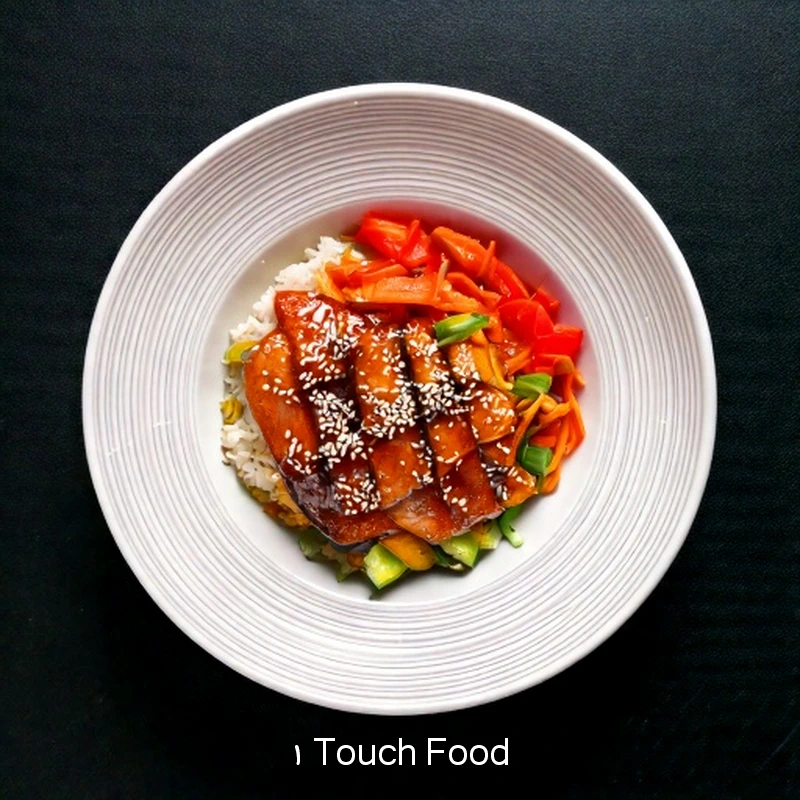
🍲 Lentil & Spinach Stew with Quinoa
- Slow-cooked lentils with tomatoes, garlic, and fresh spinach
- Served with fluffy quinoa and a dollop of Greek yogurt
- Loaded with plant-based protein, iron, and magnesium

🥣 Overnight Recovery Oats
- Rolled oats mixed with almond milk, chia seeds, protein powder, and berries
- Set in the fridge and ready to enjoy before bed or post-dinner
- Provides casein and slow-digesting carbs to support recovery while you sleep
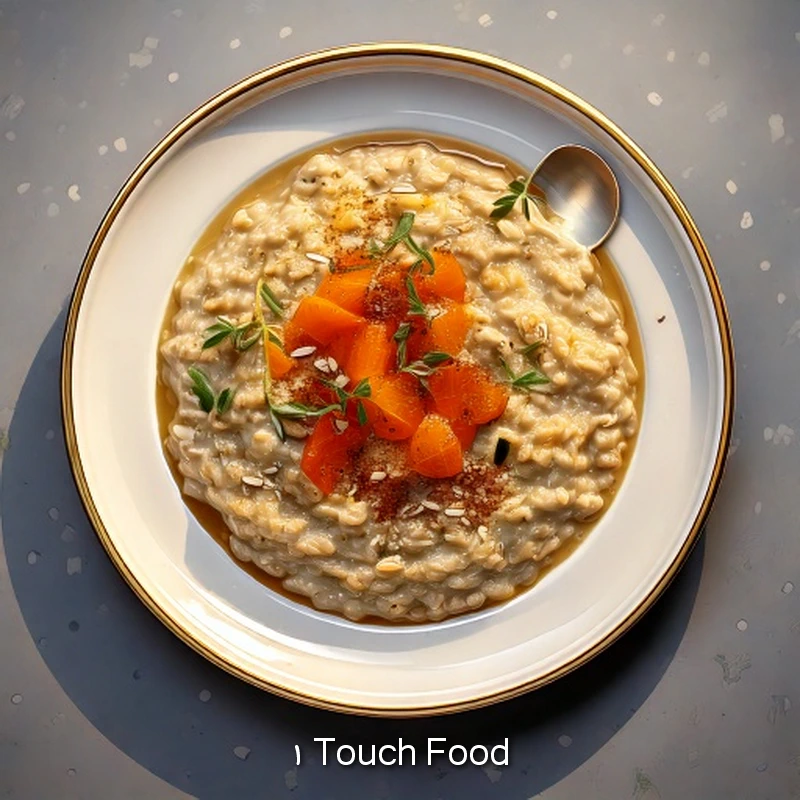
Timing & Portion Tips
- Eat 1–2 hours before bed for optimal digestion and absorption.
- Focus on portion control—enough to nourish, but not too heavy to disrupt sleep.
- Avoid high-fat or greasy foods late at night, which can hinder digestion and sleep quality.
With the right foods at the right time, athletes can wake up feeling rested, fueled, and ready to perform.
Transforming Classic Dishes into Athlete-Friendly Comfort Food
One of the greatest joys of modern sports nutrition is that you don’t have to give up your favorite meals—you just have to reinvent them. When it comes to healthy comfort food recipes for athletes, transformation is the name of the game.
1. Mac & Cheese with a Performance Twist
Traditional mac and cheese are creamy and satisfying but often lacks nutritional value. Here’s a high-performance upgrade:
- Use chickpea or whole grain pasta for more protein and fiber.
- Make a sauce with Greek yogurt, cheddar, and butternut squash for creaminess with less fat.
- Add peas or spinach for micronutrients and color.
✅ Why it works: You keep the cozy, cheesy texture but introduce muscle-supporting protein and complex carbs.
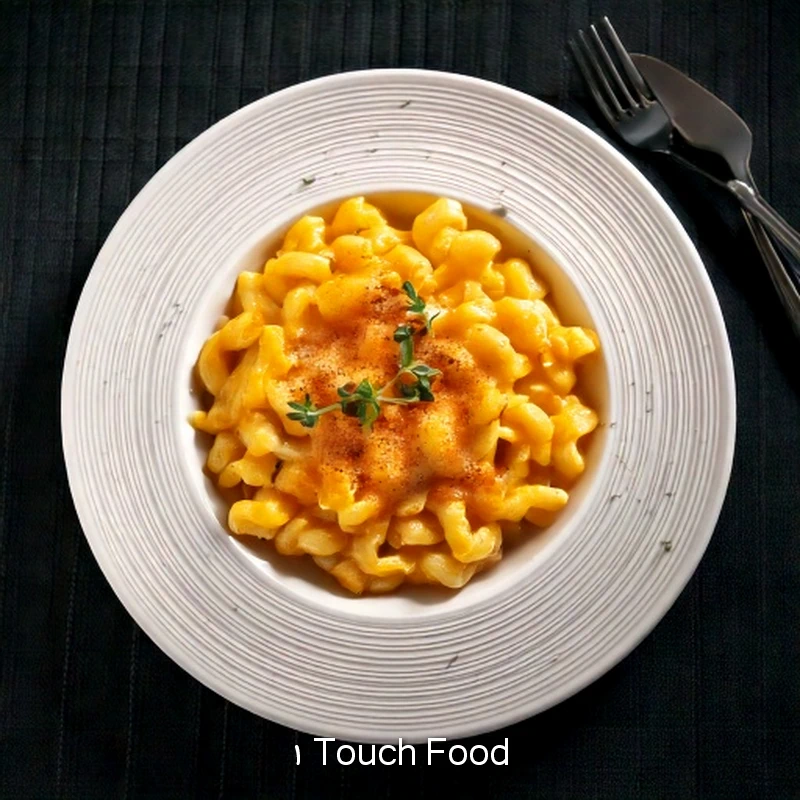
2. Protein-Packed Comfort Chili
Classic chili can be greasy and heavy, but a few swaps make it athlete-ready:
- Replace ground beef with lean turkey or bison.
- Use black beans and kidney beans for fiber and plant-based protein.
- Add bell peppers, corn, and tomatoes for antioxidant value.
✅ Why it works: Rich in iron, fiber, and recovery-boosting vitamins without the excess fat.
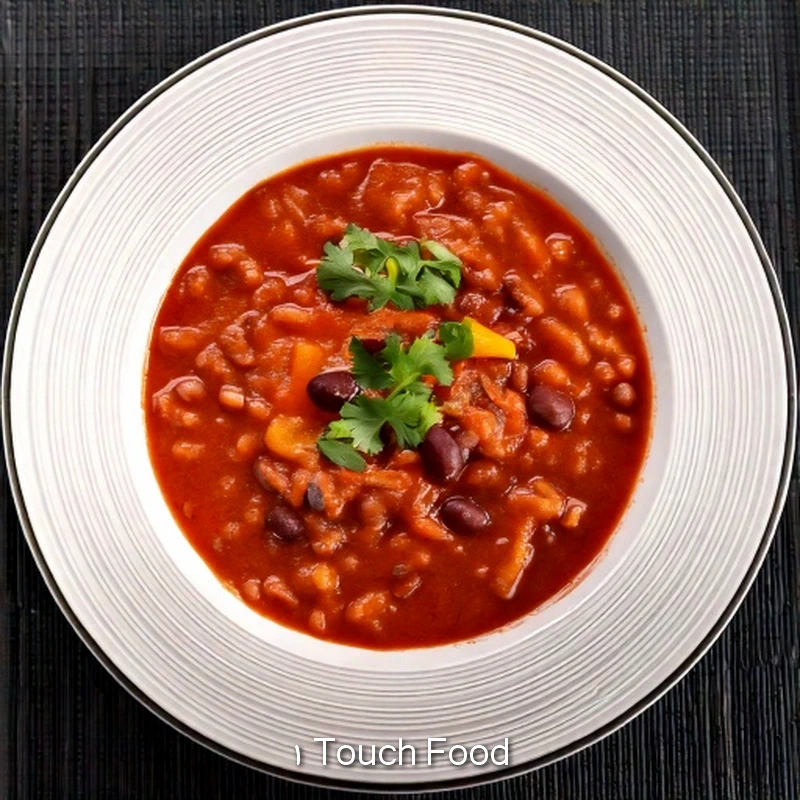
3. Cauliflower-Crust Pizza with Clean Toppings
Pizza is a top comfort food, and you can easily make it fit an athletic diet:
- Use a homemade cauliflower crust or a high-protein tortilla as the base.
- Top with grilled chicken, spinach, mushrooms, and light mozzarella.
- Finish with a drizzle of olive oil for healthy fats.
✅ Why it works: Low in refined carbs, high in protein, and still packed with flavor.
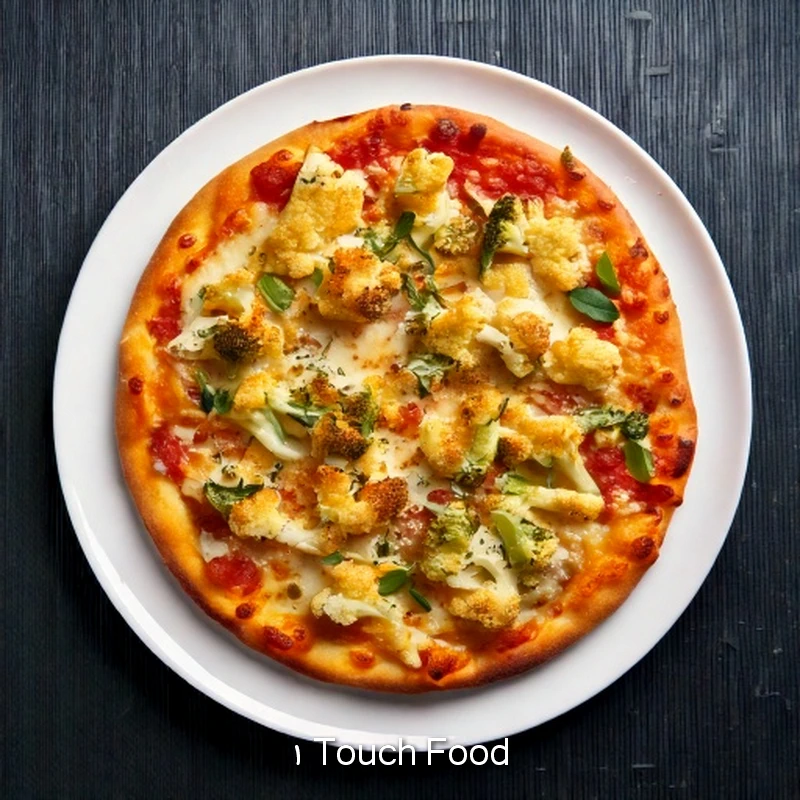
4. Banana-Oat Protein Pancakes
Perfect for an evening snack or breakfast-for-dinner vibe:
- Mash 1 banana with 2 eggs, ¼ cup oats, and a scoop of vanilla protein powder.
- Cook like regular pancakes and top with almond butter or berries.
✅ Why it works: High in slow-digesting carbs and quality protein—great for recovery and sleep.

Bonus Tip: Batch Cooking = Consistency
Busy schedules and post-training fatigue can make cooking a chore. That’s why batch cooking athlete-friendly comfort meals is a smart move. Make a large pot of lentil stew, turkey chili, or quinoa casserole on the weekend and portion them into containers for the week. Not only does this save time, but it also ensures you always have a recovery-ready meal available.
Awesome! Here’s Step 3, the final part of your SEO article on “Healthy Comfort Food Recipes for Athletes.” This section includes a comparison, practical how-to guide, FAQs, and a conclusion—optimized for your primary keyword and keeping SEO best practices in mind. Approx. 850 words.
Comfort Food Face-Off: Traditional vs. Athlete-Friendly Versions
Let’s break down how common comfort foods compare to their athlete-friendly upgrades. You don’t have to give up your favorite meals—you just have to outsmart them.
| Comfort Food | Traditional Version | Athlete-Friendly Upgrade | Key Benefits |
|---|---|---|---|
| Mac & Cheese | White pasta, butter, full-fat cheese | Chickpea pasta, Greek yogurt, butternut squash | Higher protein, fiber-rich, fewer saturated fats |
| Pizza | White flour crust, processed meats | Cauliflower crust, grilled chicken, veggies | Lower carb, anti-inflammatory, protein-packed |
| Shepherd’s Pie | Mashed white potatoes, fatty beef | Sweet potatoes, lean turkey | Complex carbs, lean protein, high in vitamin A |
| Chili | Ground beef, heavy on salt | Lean turkey, beans, veggies, herbs | Rich in fiber, iron, antioxidants |
| Pancakes | White flour, sugar, syrup | Banana, oats, eggs, protein powder | Clean carbs, balanced macros, no added sugar |
As you can see, a few thoughtful swaps make a world of difference—transforming high-calorie comfort food into meals that actively support muscle growth, reduce fatigue, and speed up recovery. And the best part? They still hit that nostalgic, soul-warming flavor you crave after a tough workout.
How to Build Your Own Healthy Comfort Food Recipes (Step-by-Step)
The real magic happens when you start customizing your meals to match your tastes and goals. Here’s a step-by-step guide to creating healthy comfort food recipes for athletes from scratch.
🥦 Step 1: Start with a Clean Base
Choose a whole-food starch to act as the “comfort” foundation. This keeps you satisfied while providing sustained energy.
Examples:
- Sweet potatoes
- Quinoa
- Brown rice
- Chickpea pasta
- Whole grain wraps
🥩 Step 2: Add Lean Protein
This is the recovery engine. Your muscles depend on high-quality protein to rebuild after intense physical activity.
Options:
- Grilled chicken or turkey
- Lean beef or bison
- Lentils or black beans
- Tofu or tempeh
- Eggs or egg whites
🥬 Step 3: Load Up on Veggies
They add texture, flavor, color, and micronutrients. Plus, they boost your fiber intake and fight inflammation.
Pro tip: Roast your vegetables with olive oil, garlic, and herbs for maximum flavor.
🧀 Step 4: Use Clean Fats Wisely
Don’t fear fat—just be smart about the sources and quantities. Healthy fats support hormone production, joint health, and brain function.
Top picks:
- Avocados
- Olive oil
- Nuts and seeds
- Tahini or nut butter
🧄 Step 5: Flavor It Up
Use herbs, spices, and natural seasonings instead of salt-heavy sauces or sugar-loaded condiments.
Game-changers:
- Smoked paprika, cumin, garlic, turmeric
- Lemon juice or apple cider vinegar for brightness
- Nutritional yeast for a cheesy taste (with bonus B12!)
🍲 Step 6: Make It Meal-Ready
Top it all with a sprinkle of your favorite fresh herbs or a drizzle of a light sauce like tahini dressing or Greek yogurt ranch. Serve warm, and you’ve got the perfect balance of cozy and clean.
FAQs About Healthy Comfort Food Recipes for Athletes
❓ Can I eat comfort food every day as an athlete?
Absolutely—as long as it’s nutrient-dense and portion-controlled. Healthy comfort food should be part of a regular, balanced diet. The goal is to eat meals that satisfy both your taste buds and your performance needs.
❓ What are the best evening comfort meals for muscle recovery?
Some of the best options include:
- Lentil and quinoa stews
- Baked salmon with sweet potato
- Turkey-stuffed peppers
- Cottage cheese with berries and oats These meals offer slow-digesting carbs, lean protein, and recovery-boosting micronutrients ideal for nighttime.
❓ Is it okay to eat carbs at night?
Yes! Carbs at night are actually beneficial for athletes. They help replenish glycogen stores and promote better sleep by increasing tryptophan availability in the brain. The key is to choose complex carbs like oats, sweet potatoes, or brown rice.
❓ How do I handle cravings without ruining my training diet?
That’s the beauty of athlete-friendly comfort food—you satisfy cravings and stay on track. Make banana protein muffins, black bean brownies, or avocado cacao mousse to crush sweet cravings with zero guilt.
❓ Do these recipes work for all types of athletes?
Yes! Whether you’re an endurance athlete, strength trainer, or weekend warrior, these meals can be tailored to your goals. You may need to adjust portion sizes and macronutrient ratios depending on training intensity, but the core principles apply across the board.
Conclusion: Comfort Food That Champions Your Goals
Healthy eating doesn’t have to be boring—and performance nutrition doesn’t mean giving up your favorite dishes. With these healthy comfort food recipes for athletes, you get the best of both worlds: cozy meals that nourish your body and delight your taste buds.
From post-workout stews to bedtime protein pancakes, this approach makes clean eating enjoyable and sustainable. Plus, it helps you build consistency, improve recovery, and elevate performance—without sacrificing the comfort you crave. So next time you’re reaching for something hearty, make it powerful. Make it purposeful. Make it deliciously athlete approved.
Enjoy! See our youtube. Quench your thirst and revitalize your body with our collection of refreshing and hydrating recipes. All athletes must pay close attention to their nutrition to achieve optimal performance. You can see CookBook for athletes and Building a Bigger Butt. Its very useful for athletes.


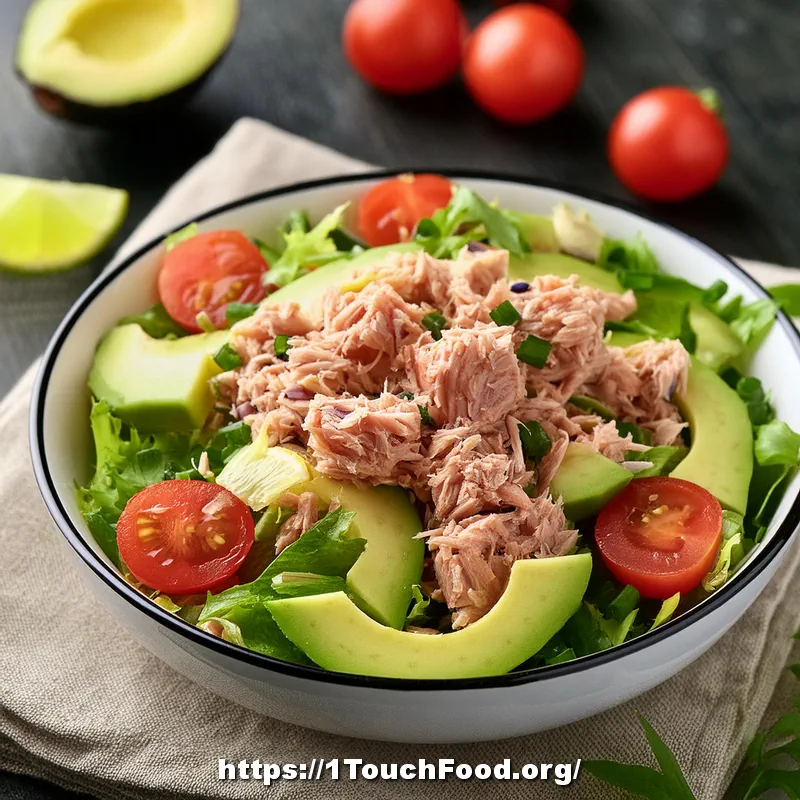




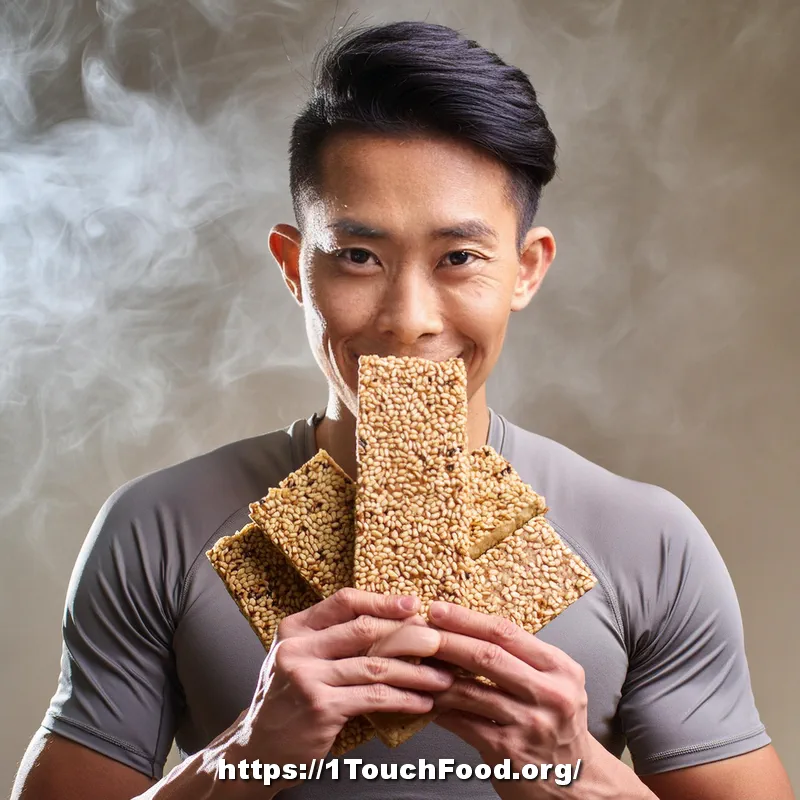


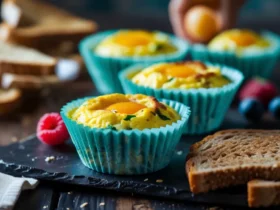


Leave a Reply